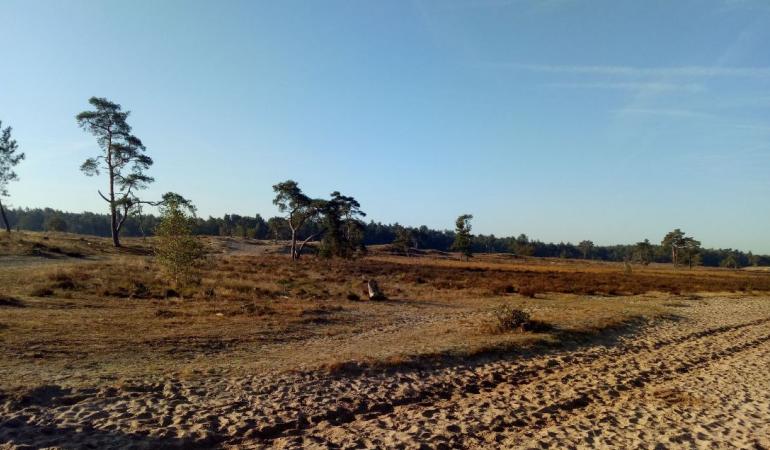
Values are exceeding, but what does this mean, and why should we be concerned?
Nitrogen concentrations in the atmosphere are increasing, and the result has severe implications on the environment. In the Loonse en Drunense Duinen, such affects have been witnessed on plant species, with biodiversity being reduced due to dominating vegetation thriving off of the excess element. Luckily, an ambitious team of enthusiastic environmental students, from the Avans University of Applied Science, have set out to tackle the issue!
Since 2002, the Loonse en Drunense Duinen has been listed on Natura 2000, to protect the endangered habitats of the area. To ensure the region remains a soil loam landscape, the source/s of nitrogen disturbing the area are to be identified, to commence mitigation and management techniques. As such, students will complete the task for, and alongside, clients RIVM, Natuurmonumenten and the Provincie Noord Brabant.
Nitrogen is one of 17 macronutrients plants rely on for growth, being a vital element within chlorophyll used in the photosynthetic process. Too little will prevent vegetation from obtaining sugars (as well as interrupting oxygen production), yet too much would cause a peak in plant growth. Although this does not necessarily sound like a negative effect, varying plant species thrive off of different concentrations of nitrogen – denoting that plants with a lower tolerance will dominate the dune landscape as their threshold is met first. Not only does this interfere with the natural growth of more vulnerable vegetation as competition increases, but it also prevents the sandy grounds of the dunes to remain loose. The entrapment of plant roots encourages increasing levels of nitrogen to remain held within the area.
The Avans students will investigate soil and water samples taken form various points of the nature reserve, to test theories of the speculated sources. If the positive feedback loop of increasing nitrogen is not intercepted, predictions show the landscape will be taken over by forestry by the year 2050 - leaving no room for the natural dune landscape to persist.
Follow the progress of these enthusiastic students on their storymap, and stay tuned for updates!